|
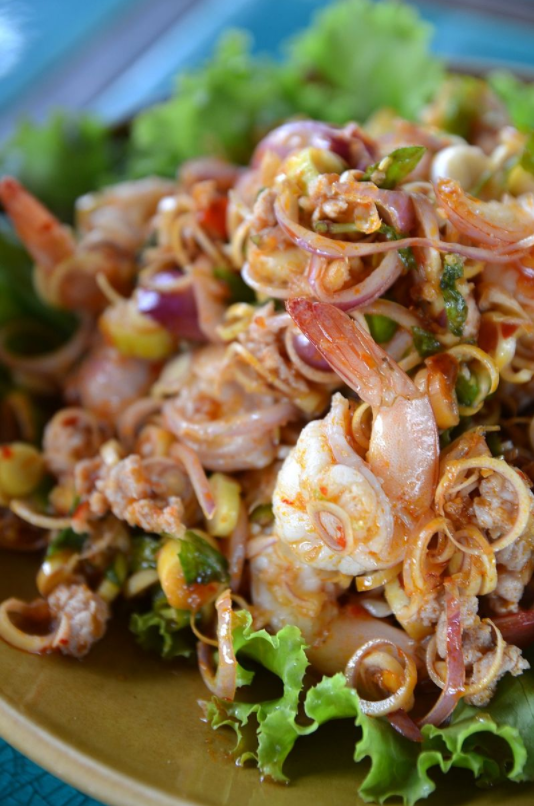 The
salad is in the tradition of Thai Phla salad, and has lots
of possible variations, so use your imagination (and your taste buds).
Instead of, or in addition to, the prawns and chicken in this recipe,
you can also use crab meat, calamari, pork, or beef. If you cannot
buy the nems sauce (nuoc mam cham), it is simple enough to
make (see recipe below) The
salad is in the tradition of Thai Phla salad, and has lots
of possible variations, so use your imagination (and your taste buds).
Instead of, or in addition to, the prawns and chicken in this recipe,
you can also use crab meat, calamari, pork, or beef. If you cannot
buy the nems sauce (nuoc mam cham), it is simple enough to
make (see recipe below)
Ingredients:
Vary the amounts of each ingredient below to suit your taste.
— lettuce, coarsely shredded
— 2-3 medium carrots, finely grated (carrot rapé)
— 4-6 green onions (green parts only), chopped
— coriander leaves (cilantro), chopped
— mint leaves, chopped
— 100g unsalted roasted peanuts, roughly chopped
— 2 skinless chicken breasts, diced in 1-2 cm pieces (and/or pork, beef)
— 200-300g small to medium prawns, shells and tails removed (or cooked
prawns)
— 100g white/yellow rice noodles of medium thickness (i.e. not the very
thin vermicelli)
— soy sauce, for cooking chicken / prawns (optionally for drizzling
on salad)
— nem sauce (spring roll dipping sauce), for drizzling on after serving
(see recipe below)
Method:
Put the rice noodles into boiling water and cook for about 4 minutes
or until soft. Drain the noodles and put them in a bowl of cold water
to rest.
If using raw prawns, cook them in a sauté pan in a small amount
of oil and soy sauce. Spoon the prawns from the pan into a dish, and
then cook the diced chicken with some more soy sauce until cooked through,
tossing to cook evenly. Remove the chicken to the same dish as the prawns.
Coarsely shred the lettuce. Finely grate the carrots, and (if using)
the white cabbage. Chop the greens of the green onions, and the coriander/cilantro
and mint. Roughly chop peanuts into smaller pieces.
Drain the noodles and add all ingredients into a large bowl in layers,
noodles on the bottom, then meat/seafood, then the nuts and herbs with
the lettuce on top. If possible, refrigerate for about an hour before
serving.
You can prepare the dish earlier and then keep the bowl in the fridge
overnight or for some hours before serving. If preparing early, layer
the ingredients as above, but do not mix all the ingredients together
(toss) until ready to serve.
When ready to serve, toss all ingredients to thoroughly mix and serve
in a large salad bowl. Good as leftovers too as
it keeps well for 2 days.
Nem Sauce (Nuoc Mam Cham)
For a vegetarian / vegan sauce recipe
go here
Makes ¾ cup / 175 ml
3 tablespoons / 45 ml lime juice, approx. 1 lime (see Note
below)
2 tablespoons / 30 ml white or brown sugar
½ cup / 120 ml water
2 ½ tablespoons / 38 ml Vietnamese fish sauce (nuoc mam)
Optional additions:
1 small garlic clove, finely minced
1 or 2 Thai chilis, thinly sliced or 1 teaspoon / 5 ml
homemade chili garlic sauce or store bought (tuong ot toi)
Combine the lime juice, sugar and water, stirring to dissolve the
sugar. Taste and ask yourself this question: Does this mixture taste
good? Adjust the flavors to balance out the sweet and sour.
 Now
add the fish sauce and any of the optional ingredients. Taste again
and adjust the flavors to your liking, balancing out the sour, sweet,
salty, and spicy. Aim for a bold, forward finish — perhaps a little
stronger than what you'd normally like. This sauce is likely to be used
to add final flavor to foods wrapped in lettuce or herbs, which are
not salted and therefore need a little lift to heighten the overall
eating experience. Now
add the fish sauce and any of the optional ingredients. Taste again
and adjust the flavors to your liking, balancing out the sour, sweet,
salty, and spicy. Aim for a bold, forward finish — perhaps a little
stronger than what you'd normally like. This sauce is likely to be used
to add final flavor to foods wrapped in lettuce or herbs, which are
not salted and therefore need a little lift to heighten the overall
eating experience.
Notes
Fish sauce — get a good quality fish sauce (nuoc mam).
Make sure it is "vietnamese style" and look for a light amber color
and the words nhi or thuong hang on the label (signifying
the high quality first pressing). Also look for the terms Phu Quoc
and Phan Thiet signifying famous anchovy fishing regions of
Vietnam. Three Crabs and Flying Lion are good brands
you may find in Asian stores (I get it from T&T Supermarket
in Toronto) or even at Amazon. At a pinch you can use Thai fish sauce,
but use about half as much as it is stronger and more salty.
Variation — Use half lime juice and half Japanese rice vinegar
for a less assertive sauce. Some delicately flavored dishes
can benefit from this, like the thai salad above.
Advance Preparation — This sauce may be prepared early in
the day and left to sit at room temperature.
salad recipe from Nathalie
Mazars de Marazin;
sauce recipe from http://www.vietworldkitchen.com/blog/2008/11/basic-vietnamese-dipping-sauce-nuoc-cham.html
|
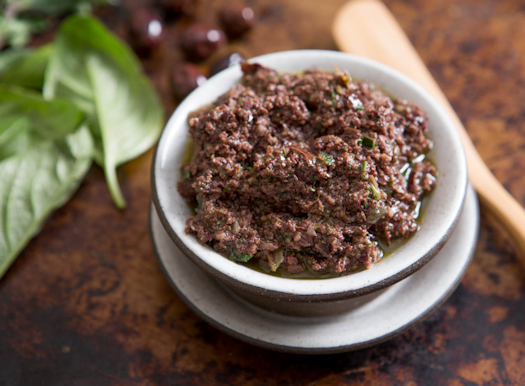
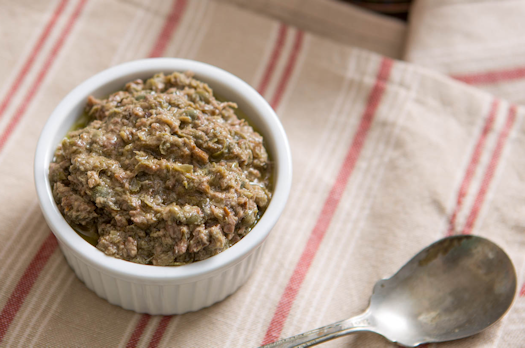 Based
on the 1880 original, created by a chef named Meynier at the Marseilles
restaurant La Maison Dorée — hence the fact that tapenade takes
its name from capers (tapeno in the Provençal dialect). Traditionally
this recipe includes tuna to add protein, but that is up to you.
Based
on the 1880 original, created by a chef named Meynier at the Marseilles
restaurant La Maison Dorée — hence the fact that tapenade takes
its name from capers (tapeno in the Provençal dialect). Traditionally
this recipe includes tuna to add protein, but that is up to you.
 Top
and tail the green beans. Cook them with the petit peas for 10 minutes
in salted boiling water. Drain them and set aside. Boil 1.5 litres /
6.5 cups of water and crumble in the bouillon cubes, stir and keep on
very low heat.
Top
and tail the green beans. Cook them with the petit peas for 10 minutes
in salted boiling water. Drain them and set aside. Boil 1.5 litres /
6.5 cups of water and crumble in the bouillon cubes, stir and keep on
very low heat.  The
salad is in the tradition of Thai Phla salad, and has lots
of possible variations, so use your imagination (and your taste buds).
Instead of, or in addition to, the prawns and chicken in this recipe,
you can also use crab meat, calamari, pork, or beef. If you cannot
buy the nems sauce (nuoc mam cham), it is simple enough to
make (see recipe below)
The
salad is in the tradition of Thai Phla salad, and has lots
of possible variations, so use your imagination (and your taste buds).
Instead of, or in addition to, the prawns and chicken in this recipe,
you can also use crab meat, calamari, pork, or beef. If you cannot
buy the nems sauce (nuoc mam cham), it is simple enough to
make (see recipe below) Now
add the fish sauce and any of the optional ingredients. Taste again
and adjust the flavors to your liking, balancing out the sour, sweet,
salty, and spicy. Aim for a bold, forward finish — perhaps a little
stronger than what you'd normally like. This sauce is likely to be used
to add final flavor to foods wrapped in lettuce or herbs, which are
not salted and therefore need a little lift to heighten the overall
eating experience.
Now
add the fish sauce and any of the optional ingredients. Taste again
and adjust the flavors to your liking, balancing out the sour, sweet,
salty, and spicy. Aim for a bold, forward finish — perhaps a little
stronger than what you'd normally like. This sauce is likely to be used
to add final flavor to foods wrapped in lettuce or herbs, which are
not salted and therefore need a little lift to heighten the overall
eating experience.  This is a fairly foolproof French
Macaron recipe, but it will still need some practice as you get a
sense of how your ingredients and oven behave.
This is a fairly foolproof French
Macaron recipe, but it will still need some practice as you get a
sense of how your ingredients and oven behave.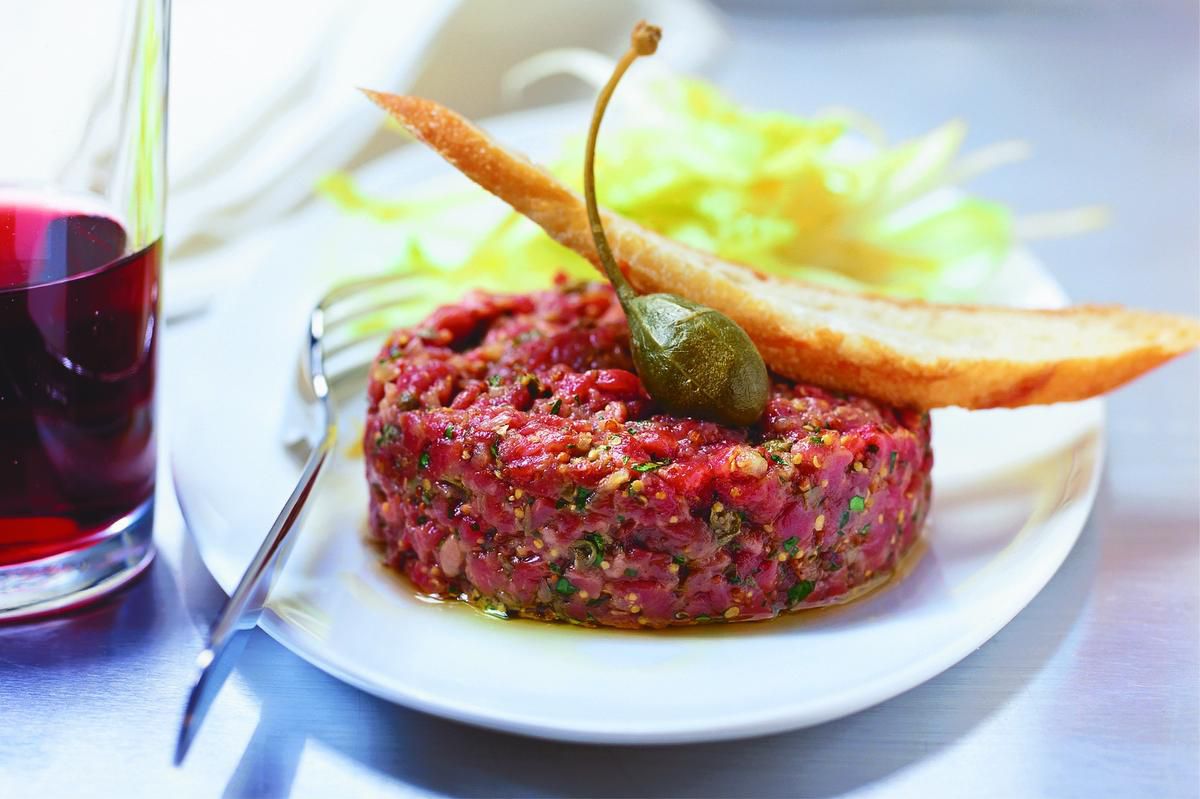
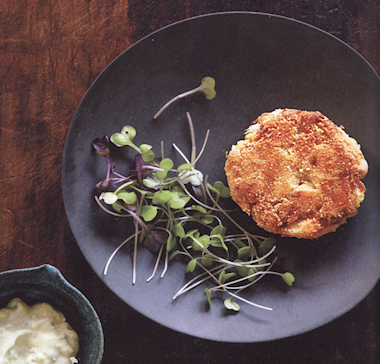
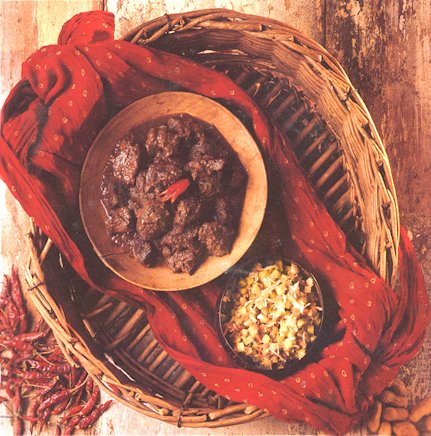 Ingredients:
Ingredients: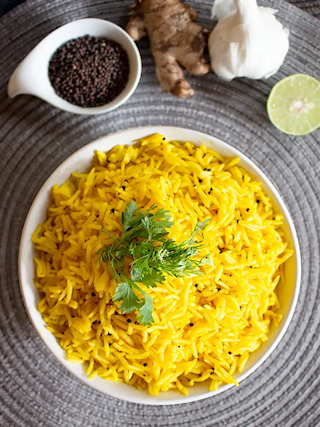
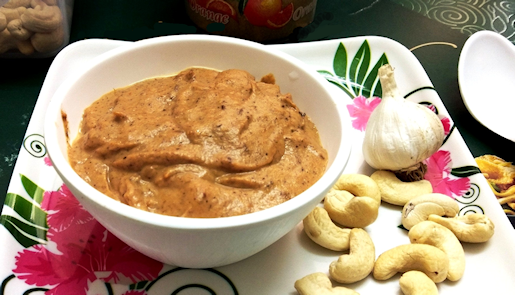 Ingredients:
Ingredients: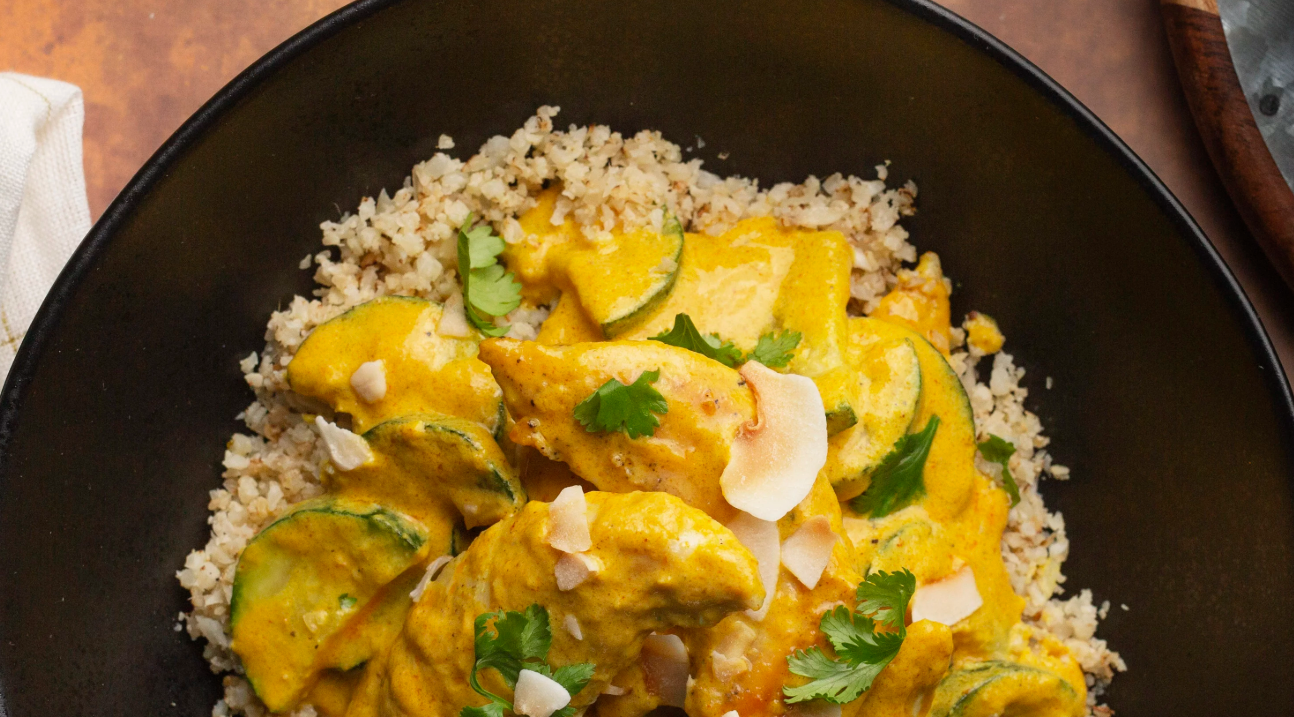
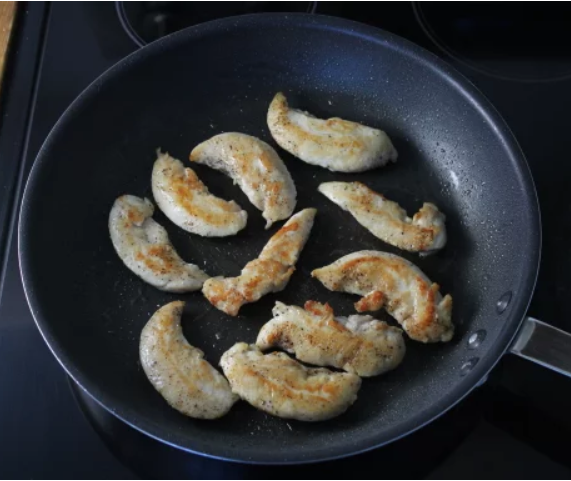 Cook the chicken strips —
In a large skillet, heat a drizzle of oil over medium-high heat. Dry the chicken with paper towels, and season (salt and pepper) well. Add chicken to pan and cook, partially covered, 2-3 minutes per side until well cooked. Remove from heat and transfer to a plate, leaving the cooking juices in the pan. Reserve the pan.
Cook the chicken strips —
In a large skillet, heat a drizzle of oil over medium-high heat. Dry the chicken with paper towels, and season (salt and pepper) well. Add chicken to pan and cook, partially covered, 2-3 minutes per side until well cooked. Remove from heat and transfer to a plate, leaving the cooking juices in the pan. Reserve the pan.
 Cook the cauliflower "rice" — While cooking chicken in one skillet, heat a drizzle of oil over medium heat in the other. Add half of the ginger paste and cook for 30 seconds to 1 minute, stirring frequently, until fragrant. Add the cauliflower "rice"; season with salt and pepper. Cook 4 to 6 minutes, stirring occasionally, until softened and browned. Cut the lime into quarters and add the juice of up to 2 of the quarters (to taste). Stir to mix.
Cook the cauliflower "rice" — While cooking chicken in one skillet, heat a drizzle of oil over medium heat in the other. Add half of the ginger paste and cook for 30 seconds to 1 minute, stirring frequently, until fragrant. Add the cauliflower "rice"; season with salt and pepper. Cook 4 to 6 minutes, stirring occasionally, until softened and browned. Cut the lime into quarters and add the juice of up to 2 of the quarters (to taste). Stir to mix. Start the curry —
In the skillet reserved with the juices, heat a drizzle of oil over medium-high heat. Add the broccoli (and/or zucchinis), the curry paste and remaining ginger. Cook 30 seconds to 1 minute, stirring frequently, until fragrant. Add peanut butter, coconut milk (stir before adding) and
1/3 to 1/2 cup water (double for 4 servings); Add salt and pepper to taste. Cook 4 to 6 minutes, scraping the bottom of the pan to remove the juices, until the liquid has thickened. Add salt and pepper to taste. Add the juice of as many remaining lime wedges as you like; stir to mix.
Start the curry —
In the skillet reserved with the juices, heat a drizzle of oil over medium-high heat. Add the broccoli (and/or zucchinis), the curry paste and remaining ginger. Cook 30 seconds to 1 minute, stirring frequently, until fragrant. Add peanut butter, coconut milk (stir before adding) and
1/3 to 1/2 cup water (double for 4 servings); Add salt and pepper to taste. Cook 4 to 6 minutes, scraping the bottom of the pan to remove the juices, until the liquid has thickened. Add salt and pepper to taste. Add the juice of as many remaining lime wedges as you like; stir to mix.